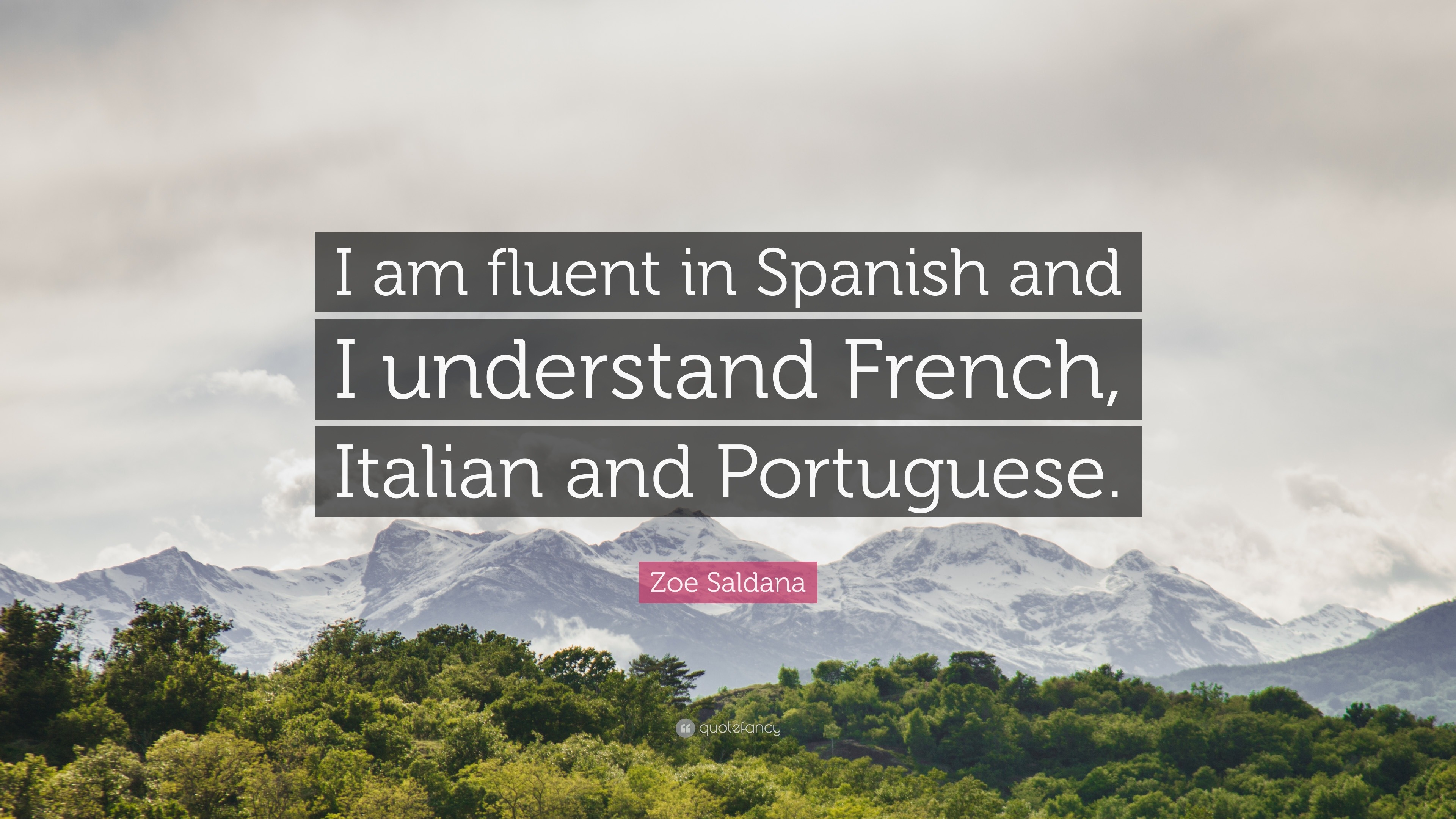

Rosetta Stone’s brief, 10-minute lessons are built in exactly this way-first teaching the basics, then moving onto longer phrases. TruAccent is a powerful tool for helping you learn and speak the Spanish language.Īfter you have acquired basic words, short phrases, and their proper pronunciation, it’s a natural transition to learn the longer phrases that make up so much of everyday conversation. It’s also adjustable, which allows you to tweak your accent as needed. TruAccent compares your voice to native and non-native speakers-in real-time-so you get the feedback you need for the most accurate pronunciation. Rosetta Stone helps you dial in your pronunciation with our TruAccent™ speech engine. Some Spanish language experts counsel new learners to practice making the “tt” sound, as it sounds in the English word butter.ĭeveloping accurate pronunciation depends on getting immediate feedback on your efforts. This distinct sound is formed by tapping the tip of the tongue on the roof of the mouth, about a third of the way back in the mouth. As one example, the letter r is pronounced differently and takes some practice for most new learners. It’s important to note that Spanish does have some pronunciation distinctions that can make it a bit of a challenge for new learners. That’s why it’s important to learn to pronounce and understand commonly used Spanish words and phrases, so you can feel comfortable and confident engaging in conversation with locals. And then they find themselves unable to understand or be understood in everyday, real-world Spanish conversations. It is the key to understanding and conversing with any of the estimated 437 million people who speak Spanish fluently.Īll too often, new language learners get caught up in efforts to memorize long lists of Spanish words and phrases.
#I understand in spanish how to
And that is learning basic Spanish words and phrases and how to pronounce them. Whether your reason for learning Spanish is based on business or pleasure, you can get off to a strong start by focusing first on what matters most. Other people make the decision to learn Spanish because they have plans to vacation, volunteer, or work in one of the 20 countries around the world where Spanish is the official language. It is featured prominently on TV, in movies, and in music. After all, Spanish is spoken throughout the U.S. People often embark on learning Spanish after encountering the language in their everyday life. It helps you get ready to handle situations with confidence. So, it’s not just about the features, but what you’re able to do because of them. What makes this approach effective is that we prepare you to use your new language in your everyday life. Rosetta Stone’s Dynamic Immersion® methodology teaches you the language, not just the words. The extra three are: ch (chay), ll (elle), and ñ (eñe). It just has 29 letters instead of the 26 you’re used to. The standard Spanish alphabet is also a near-exact match to English. Unlike English, with all of its special rules and silent letters, there are only a few irregularities. That’s why there are many English terms like the word “air” that sound remarkably similar in French ( air), Italian ( aria), and Spanish ( aire).Įven with the nuances, you’ll find that Spanish also has a truly simple system of pronunciation. These shared words are known as cognates, words that have significant similarities in spelling and/or pronunciation. Because English, just as Italian and French, has deep roots in Latin, these languages all share thousands of words with contemporary Spanish. After you feel acclimated to that verb, you can slowly incorporate others with more nuanced meanings.įor all of the intricacies of Spanish verbs, learning Spanish is within reach if you can commit the time and effort-especially if you already speak another major European language. Even with a common word like “understand,” getting comfortable with the basic “comprender” will likely work well in most circumstances.

Using “entender” (to comprehend / to understand) or “captar” (to capture or pick up / to understand) may be a better choice in some contexts.Īs complicated as Spanish verbs might seem to some new learners, always remember that you don’t have to tackle them all at once. If you’d like to say “understand” in Spanish, you’d generally want to use a conjugation of “ comprender.” However, just as in English, other verbs may provide more nuance to what you’re trying to express.


 0 kommentar(er)
0 kommentar(er)
